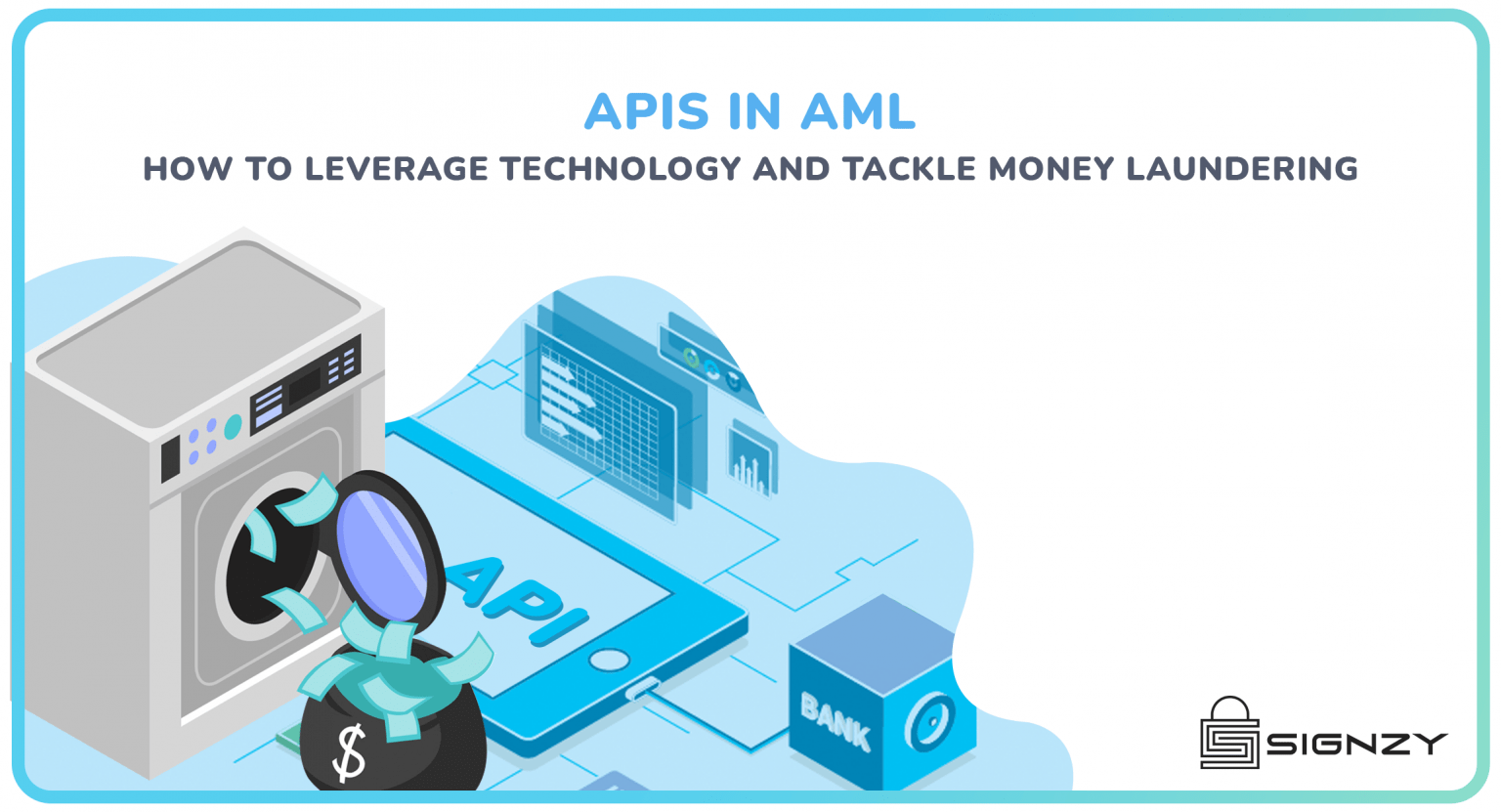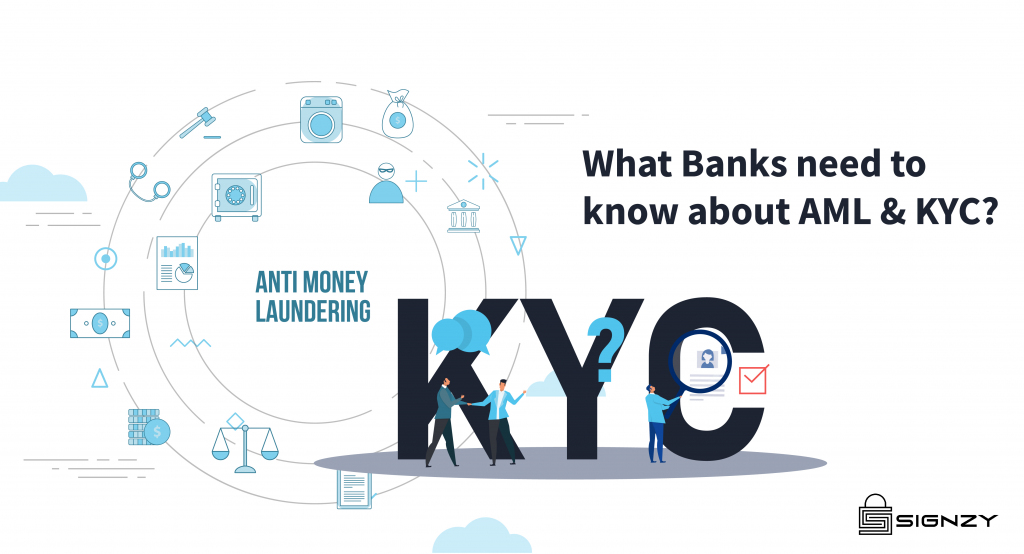What is Contract Management? A Complete Guide for Businesses
June 2, 2025
7 minutes read
- Contract management helps enforce KYC and AML regulations by incorporating relevant clauses into contracts and tracking compliance throughout the contract lifecycle, reducing non-compliance risk.
- Manual contract management is prone to errors, delays, and miscommunication. It’s time-consuming and often lacks the visibility needed to monitor compliance or track contract obligations effectively.
- Contract management tools provide an organized, accessible record of all contract data, making it easier to comply and provide the necessary documentation during audits.
If you’re managing contracts manually, your cycle probably looks like:
- Chasing after signatures and approvals, and somehow always losing track of who’s signed and who hasn’t.
- Digging through stacks of paper or scrolling endlessly through folders, just to find that one contract you need.
- Juggling multiple stakeholders, each with their own priorities and timelines, makes everything take longer and feel more chaotic.
- Trying to keep up with compliance deadlines but missing some along the way due to manual tracking.
- Constantly re-entering data and updating documents because everything is still being handled on paper or in different systems.
Sound familiar? These inefficiencies are already costing you time and money. In fact, a survey confirmed this. On average, a company loses 9% of its annual turnover just from contract mismanagement (source: WorldCC).
But the good news is, it doesn’t have to be this way. Grab your cuppa coffee, and let’s dive into how you can rethink contract management for better efficiency and less risk.
What is Contract Management?
When we talk about contract management, we’re referring to the structured process of overseeing every stage of a contract’s lifecycle.
From its creation to execution, monitoring, and eventual renewal, contract management is a critical function that ensures all parties involved are held accountable to their commitments.
In simple terms, it’s about managing the agreements your business enters into while making sure risks are minimized and opportunities are maximized.
Why is Contract Management Necessary for KYC and AML?
For industries like fintech, payment processing, and crypto, the ability to manage contracts effectively can make the difference between staying compliant and facing penalties.
-
Clearly Defined Compliance Obligations
Contracts can specify the procedures for identity verification, due diligence checks, and the documentation required. By defining these obligations in the contract, businesses set clear expectations for both parties from the start, ensuring compliance is built into the process.
-
Tracking KYC and AML Requirements
Contracts can outline the need for periodic updates, document revalidation, and reporting. With a well-managed contract, businesses ensure these regular obligations are not overlooked, helping maintain continuous compliance.
-
Mitigating Risks with Clear Roles and Responsibilities
Contract management helps by defining who is responsible for carrying out KYC and AML checks, reducing the chances of oversight. Clear assignment of roles ensures that compliance duties are consistently fulfilled and helps avoid the risk of non-compliance, which can lead to financial penalties or reputational damage.
-
Easier Audit Trails
Financial institutions are often subject to audits.
Well-managed contracts ensure there is a clear, accessible record of compliance actions taken at every stage. This audit trail makes it easier to demonstrate that KYC and AML procedures were followed, ensuring transparency and accountability.
Now that we’ve defined what contract management is and why it’s necessary, let’s dive into the key stages that make up the contract lifecycle.
Key Stages of Contract Management
The contract management lifecycle consists of five key stages. Let’s walk through these stages, from identifying the need to successfully closing out and renewing the agreement.
1. Identification of Need and Requirements
The first step in contract management is identifying the need for a contract and defining its scope. Whether you’re onboarding a new client, forming a partnership, or signing with a vendor, this stage is about setting clear, measurable objectives.
Key actions at this stage include:
- Assessing business needs and understanding the type of agreement required (e.g., service agreement, partnership, vendor contract)
- Gathering input from key stakeholders (legal, compliance, procurement)
- Defining clear goals, deliverables, and timelines
This stage is vital for ensuring that contracts comply with KYC/AML regulations and align with business objectives.
2. Drafting, Negotiation, and Legal Review
Once the need for a contract is identified, it’s time to draft the agreement and enter negotiations. This stage focuses on aligning both parties’ interests, refining terms, and ensuring the contract meets legal and regulatory standards. The process includes:
- Drafting the contract with agreed terms and conditions
- Negotiating deliverables, payment terms, and timelines
- Involving legal teams to review terms and ensure compliance with laws such as KYC, AML, and other regulatory frameworks
- Redlining and revising the document to meet both parties’ expectations
For financial businesses, this is a critical stage to ensure that all legal compliance requirements are addressed, particularly concerning data security, privacy, and regulatory frameworks.
3. Onboarding
After the contract is signed, the next step is putting the terms into action. This phase involves setting up the necessary systems, tools, and processes to ensure everything runs smoothly.
At this point, businesses need to ensure all teams are aligned, systems are in place to track progress, and compliance requirements, like KYC and AML checks, are implemented right from the start.
4. Close-out
The final stage of the contract lifecycle is the close-out phase. This is when the contract has been fulfilled, and all obligations have been completed. The contract is formally closed, and all records are archived for future reference.
5. Renewal
As the contract’s term nears its end, the renewal phase kicks in. This is an important stage, as it often presents an opportunity for renegotiation. Businesses can assess whether they are getting the value they expected from the contract, or whether it’s time to update terms.
As we’ve discussed, contract management spans 5 stages. However, to make this process more efficient and secure, the way contracts are managed becomes just as important.
Now, let’s take a look at how manual and digital contract management compare, especially in the context of financial services and compliance.
Manual vs Digital Contract Management
| Aspect | Manual Contract Management | Digital Contract Management |
| Speed and Efficiency | Slow and time-consuming due to manual processes and paperwork. | Faster, with automated workflows and quick access to documents. |
| Error Rate | High, due to human errors in tracking, filing, and updating. | Low, with automated checks, real-time updates, and version control. |
| Compliance | Difficulty tracking compliance obligations and deadlines manually. | Easier to ensure compliance with automated reminders, audits, and tracking features. |
| Visibility and Access | Limited visibility, with contracts stored in physical files or in different locations. | Centralized digital storage allows easy access and real-time visibility. |
| Security | Risk of document loss or unauthorized access, especially with physical storage. | Enhanced security features like encryption and access control for digital contracts. |
| Scalability | Challenging to scale as the business grows and contract volume increases. | Highly scalable, able to handle large volumes of contracts without compromising efficiency. |
From differences, digital contract management clearly comes out as a winner. Even reports back this. Businesses incur an estimated cost of $122 for every hour an in-house lawyer spends reviewing contracts.
To avoid these inefficiencies, businesses can turn to digital solutions. For example, a digital contracting API can automate the signing process and eliminate the need for in-person meetings. The best part is that these solutions can streamline all this while enhancing security and providing an audit trail.
We are not sure about others, but Signzy’s Digital Contracting API is designed to do just that. Take a demo to learn more.
And that wraps up today’s discussion! Don’t forget to check out our other blogs for more expert advice on topics like KYC, AML, and digital transformation in the financial industry.
Stay ahead of the curve and keep learning with us 🙂
FAQs
What tools can I use for contract management?
Contract management tools like digital signing, document storage, and compliance tracking systems streamline contract workflows, ensuring everything is documented, automated, and compliant.
How do contract management systems improve security?
These systems offer features like encryption, access control, and audit trails, ensuring that contract data is securely stored, reducing the risk of unauthorized access and fraud.
What are the benefits of digital contract management?
Digital contract management offers faster contract creation, real-time collaboration, automated compliance tracking, and secure storage, leading to improved efficiency and reduced errors.
How does contract management help with compliance?
Contract management ensures that all regulatory requirements, such as KYC and AML, are clearly defined in contracts, tracked, and enforced throughout the contract lifecycle, minimizing compliance risks.












